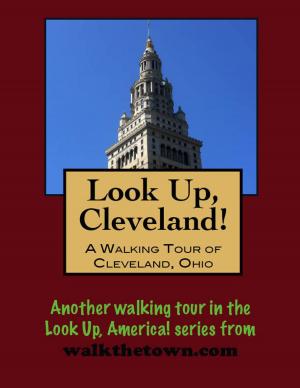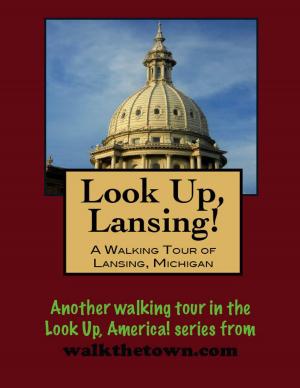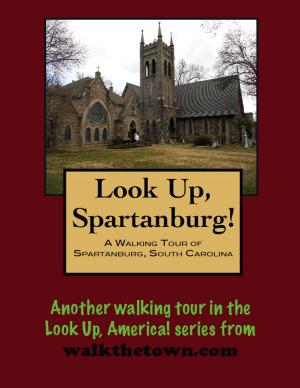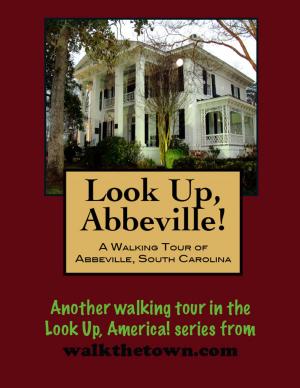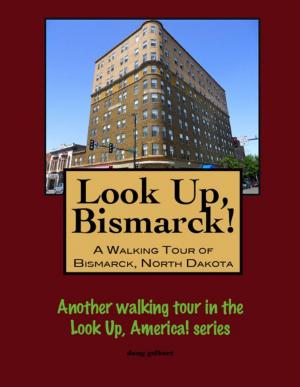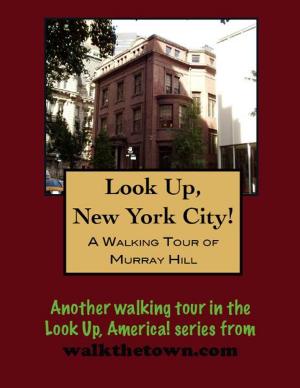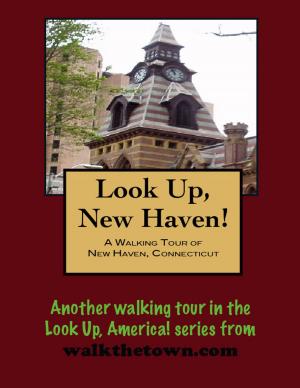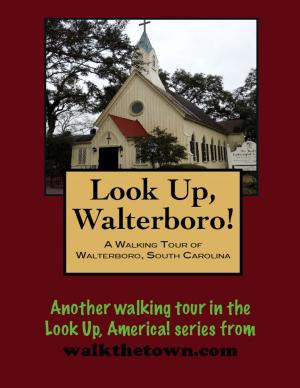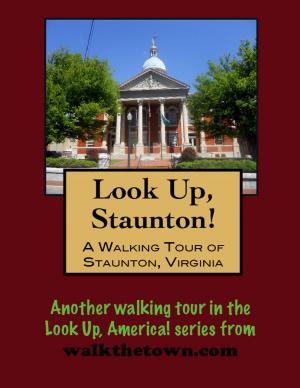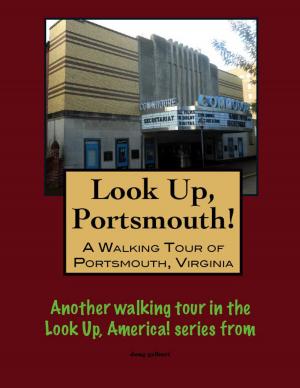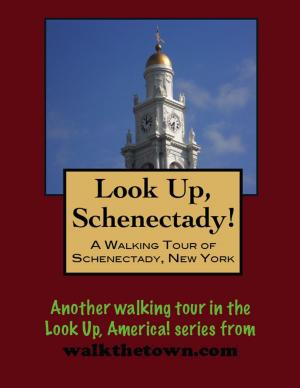| Author: | Doug Gelbert | ISBN: | 9781458175328 |
| Publisher: | Doug Gelbert | Publication: | March 4, 2011 |
| Imprint: | Smashwords Edition | Language: | English |
| Author: | Doug Gelbert |
| ISBN: | 9781458175328 |
| Publisher: | Doug Gelbert |
| Publication: | March 4, 2011 |
| Imprint: | Smashwords Edition |
| Language: | English |
There is no better way to see America than on foot. And there is no better way to appreciate what you are looking at than with a walking tour. This walking tour of Frederick, Maryland is ready to explore when you are. Each walking tour describes historical, architectural landmarks, cultural sites and ecclesiastic touchstones and provides step-by-step directions.
Every tour also includes a quick primer on identifying architectural styles seen on American streets.
Established in 1745 as a speculative land venture, Frederick has evolved over the years from a small, frontier settlement, to the second largest city in the State of Maryland. Two and a half centuries of growth has turned the City into an important regional center for commerce and industry as well as a convenient commuter location for those working in Washington, DC and Baltimore. Remarkably, because most growth has occurred within the 340 lots originally platted by Daniel Dulany, the Frederick Town Historic District remains relatively intact today and constitutes the largest, contiguous collection of historic resources in the state. As a result, the Frederick Town Historic District contains a broad spectrum of architectural styles that reflect our country’s built history.
In 1741 Daniel Dulany the Elder, an Annapolis lawyer and proprietary official, bought approximately 20,000 acres from Benjamin Tasker. Mr. Dulany sought to resell the land to German settlers. Using a portion of his extensive land holdings, Mr. Dulany created 340 lots along a grid plan. When Mr. Dulany sold these parcels, he stipulated that buyers improve properties by erecting structures within a specified period. After three years the town was so successfully developed that Frederick Town became the county seat for the newly created Frederick County. This act was significant because at the time Frederick County encompassed all of the area west of present Baltimore and Howard Counties to the east to the Maryland border to the west.
Due to its strategic location at the crossroads of early transportation routes, Frederick developed into a regional market center. A turnpike connecting Baltimore with the National Pike in Cumberland passed through the town along Patrick Street. A north-south route linking Gettysburg to Washington, DC also intersected the turnpike in Frederick. The burgeoning rail industry made its home in Frederick when the Baltimore and Ohio Railroad built a freight depot (Carroll and East All Saints Streets) in the City in 1832.
Frederick played an important role during the Civil War. Several times throughout the war, both Union and Confederate troops marched through the City. Poet John Greenleaf Whittier immortalized Frederick resident Barbara Fritchie for her purported public defiance of Confederate General Thomas “Stonewall” Jackson as he marched past.
The City continued to prosper and grow during the early part of the 20th century. As a result of limited demolition, the City’s historic core remains largely intact. As early as 1954, the Frederick City Charter included provisions directed toward historic preservation by establishing an historic district and an advisory commission. Because of the City’s careful stewardship of its built past, Frederick enjoys the largest, contiguous historic district in Maryland.
Our walking tour of this district will start in Baker Park, a lovely greenspace a scant two blocks from the City center...
There is no better way to see America than on foot. And there is no better way to appreciate what you are looking at than with a walking tour. This walking tour of Frederick, Maryland is ready to explore when you are. Each walking tour describes historical, architectural landmarks, cultural sites and ecclesiastic touchstones and provides step-by-step directions.
Every tour also includes a quick primer on identifying architectural styles seen on American streets.
Established in 1745 as a speculative land venture, Frederick has evolved over the years from a small, frontier settlement, to the second largest city in the State of Maryland. Two and a half centuries of growth has turned the City into an important regional center for commerce and industry as well as a convenient commuter location for those working in Washington, DC and Baltimore. Remarkably, because most growth has occurred within the 340 lots originally platted by Daniel Dulany, the Frederick Town Historic District remains relatively intact today and constitutes the largest, contiguous collection of historic resources in the state. As a result, the Frederick Town Historic District contains a broad spectrum of architectural styles that reflect our country’s built history.
In 1741 Daniel Dulany the Elder, an Annapolis lawyer and proprietary official, bought approximately 20,000 acres from Benjamin Tasker. Mr. Dulany sought to resell the land to German settlers. Using a portion of his extensive land holdings, Mr. Dulany created 340 lots along a grid plan. When Mr. Dulany sold these parcels, he stipulated that buyers improve properties by erecting structures within a specified period. After three years the town was so successfully developed that Frederick Town became the county seat for the newly created Frederick County. This act was significant because at the time Frederick County encompassed all of the area west of present Baltimore and Howard Counties to the east to the Maryland border to the west.
Due to its strategic location at the crossroads of early transportation routes, Frederick developed into a regional market center. A turnpike connecting Baltimore with the National Pike in Cumberland passed through the town along Patrick Street. A north-south route linking Gettysburg to Washington, DC also intersected the turnpike in Frederick. The burgeoning rail industry made its home in Frederick when the Baltimore and Ohio Railroad built a freight depot (Carroll and East All Saints Streets) in the City in 1832.
Frederick played an important role during the Civil War. Several times throughout the war, both Union and Confederate troops marched through the City. Poet John Greenleaf Whittier immortalized Frederick resident Barbara Fritchie for her purported public defiance of Confederate General Thomas “Stonewall” Jackson as he marched past.
The City continued to prosper and grow during the early part of the 20th century. As a result of limited demolition, the City’s historic core remains largely intact. As early as 1954, the Frederick City Charter included provisions directed toward historic preservation by establishing an historic district and an advisory commission. Because of the City’s careful stewardship of its built past, Frederick enjoys the largest, contiguous historic district in Maryland.
Our walking tour of this district will start in Baker Park, a lovely greenspace a scant two blocks from the City center...

